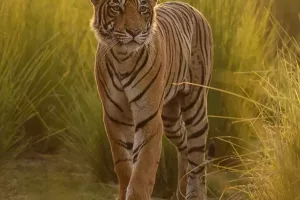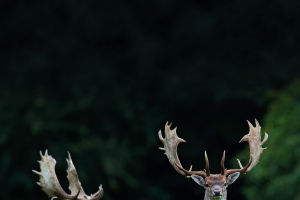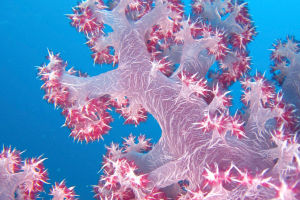Monkeys are fascinating animals to watch and interact with. They are incredibly intelligent creatures and are very close relatives to humans. Just like humans, we classify monkeys as primates. Primates have relatively larger brains than the size of their body and a higher degree of intelligence.
Monkeys come in different sizes, types, colors, and shapes. There are over 200 different species of monkeys all over the world. Read on these 6 monkey facts that you will find fascinating.
1. Monkeys are classified into two major groups
These extraordinary creatures are classified into two main groups: Old World monkeys and New World monkeys. Old World monkeys, also known as Cercopithecidae, are the most prominent primate family. These species of monkeys live in Africa and Asia. What’s peculiar about Old World monkeys is their downward-pointing nostrils. Also, many Old World monkeys have pouches in their cheeks for storing food. Old World monkeys include baboons, proboscis, mandrill, colobus, and patas monkeys. On the other hand, New World monkeys live in North and South America. Their nose is flatter compared to that of the Old World Monkey. Examples of New World monkeys include spider monkeys, capuchin monkeys, squirrel monkeys, woolly monkeys, and howler monkeys.
2. They Use Grooming to Strengthen Relationships
For monkeys, picking bugs, dirt, and other debris off their companions is far from an indictment of their personal hygiene—it's an expression of affection and love. Grooming rituals not only keep monkeys healthy, they also strengthen their social bonds and, ultimately, make them feel more comfortable. Researchers have discovered that when vervet monkeys comb each other’s pelts, it fluffs the fur and makes it thicker. After a thorough grooming, the insulation value of the vervet monkey’s pelt increases by as much as 50%.
3. Pygmy Marmosets Are the World's Smallest Monkeys
Native to the Amazon Basin of South America, this tiny New World monkey is around five inches long and weighs about four ounces at adulthood. Pygmy marmosets (Callithrix pygmaea) live in groups of two to six individuals and monogamous pairs share parental duties. Females give birth to one to three babies, which frequently include fraternal twins. Although the pygmy marmoset is the tiniest monkey, the award for the smallest living primate goes to the Madame Berthe's mouse lemur.
4. Mandrills Are the World's Largest Monkeys
While Mandrills are known to be the largest monkey species in the world, weighing up to 36kg, they also lay claim to being the most colorful! With their bright red noses, long, blue cheek ‘flanges’, and a brilliantly colored blue to purple rump, our striking Mandrills are definitely something to behold!
5. The sacred Hamadryas Baboon
Did you know Hamadryas Baboons were considered sacred animals by ancient Egyptians? These monkeys were seen as representatives of the Egyptian god of learning, Thoth, who was often depicted as a baboon. To honor this species’ revered history, Adelaide Zoo’s resident male baboon is fittingly called Horus.
6. Japanese Macaques Enjoy a Relaxing Hot Soak
Japanese macaques, also known as snow monkeys, have evolved to thrive in climates ranging from subtropical to subarctic. Troops of snow monkeys frequent the volcanic hot springs (onsens) at Jigokudani Monkey Park in Yamanouchi, Japan. This behavior appears to be an adaptation to the frigid climate, but researchers have also discovered that the hot baths reduce stress in the monkeys.


